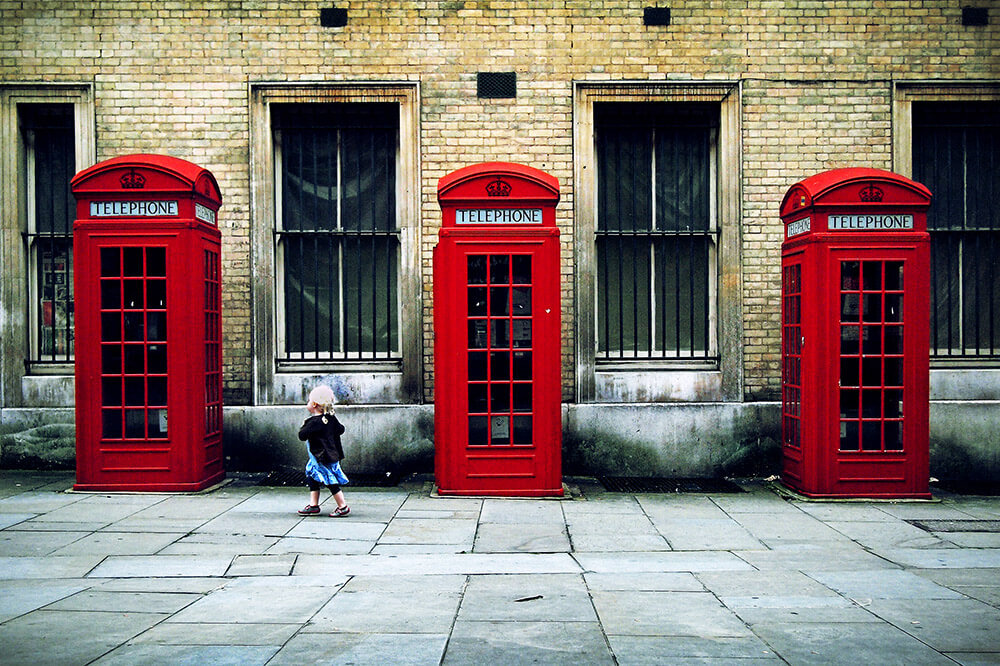How Street Photographers can Save You Time, Stress, and Money.
How Street Photographers can Save You Time, Stress, and Money.
Blog Article
Some Known Questions About Street Photographers.
Table of ContentsThe 10-Second Trick For Street PhotographersAll About Street PhotographersThe Main Principles Of Street Photographers The 45-Second Trick For Street PhotographersThe Basic Principles Of Street Photographers
A style of photography that records day-to-day life in a public place. The actual publicness of the setting enables the professional photographer to take honest pictures of unfamiliar people, often without their understanding. Road professional photographers do not necessarily have a social purpose in mind, yet they like to separate and record moments which could otherwise go unnoticed (Street Photographers).He was influenced by several of those who influenced the street photographers of the 1950s and '60s, he was not primarily interested in recording the spirit of the street. The impulse to visually document individuals in public started with 19th-century painters such as Edgar Degas, douard Manet, and Henri de Toulouse-Lautrec, that worked side by side with photographers trying to catch the significance of city life.
Due to the somewhat primitive innovation readily available to him and the long exposure time required, he battled to capture the pressure of the Paris roads. He try out a collection of photo approaches, trying to find one that would certainly permit him to capture motion without a blur, and he discovered some success with the calotype, patented in 1841 by William Henry Fox Talbot. While the professional photographers' subject was basically the exact same, the results were markedly various, showing the impact of the professional photographer's intent on the personality of the images he produced.
Given the great top quality of his photos and the breadth of material, architects and musicians commonly purchased Atget's prints to utilize as reference for their own job, though commercial passions were hardly his major inspiration. Instead, he was driven to picture every last residue of the Paris he enjoyed. The mingled passion and urgency of his objective shine through, leading to pictures that narrate his very own experience of the city, high qualities that expected street photography of the 20th century.
Fascination About Street Photographers
They reveal the city through his eyes. His job and fundamental understanding of photography as an art kind functioned as inspiration to generations of photographers that adhered to. The future generation of street professional photographers, though they likely did not describe themselves as such, was introduced by the photojournalism of Hungarian-born photographer Andr Kertsz.
Unlike his peers, Brassa used a larger-format Voigtlnder cam with go right here a longer direct exposure time, forcing him to be extra calculated and thoughtful in his practice than he may have been if utilizing a Leica.
Cartier-Bresson was a champ of the Leica cam and one of the first digital photographers to optimize its capabilities. The Leica permitted the digital photographer to interact with the environments and to capture moments as they occurred. Its reasonably small size additionally assisted the professional photographer discolor into the history, which was Cartier-Bresson's preferred technique.
The Of Street Photographers
It is due to this essential understanding of the art of image taking that he is typically attributed with uncovering the tool all over again about a century given that its creation. He took photos for more than a half century and affected generations of professional photographers to trust their eye and intuition in the minute.
These are the questions I will try to respond to: And then I'll leave you with my very own definition of street digital photography. Yes, we do. Let's kick off with specifying what a definition is: According to (Street Photographers) it is: "The act of defining, or of making something precise, distinctive, or clear"
No, definitely not. The term is both limiting and misinforming. Seems like a road digital photography must be photos of a streets view it right?! And all street digital photographers, with the exception of a handful of outright beginners, will fully value that a road is not the essential component to street photography, and really if it's an image of a road with perhaps a few monotonous people doing nothing of interest, that's not street photography that's a snapshot of a street.
The Main Principles Of Street Photographers
He makes a valid point don't you assume? However, while I concur with him I'm unsure "honest public digital photography" will catch on (although I do kind of like the term "candid photography") due to the fact that "street photography" has been around for a very long time, with many masters' names connected to it, so I think the term is below to remain.
Inside?! I hear you yell as you drink your hand to the skies. Why not? You can contend the coastline, at a celebration, in an alley, in a park, in a piazza, in a cafe, at a gallery or art gallery, in a metro station, at an occasion, on a bridge, under a bridge ...
Fascination About Street Photographers

Report this page